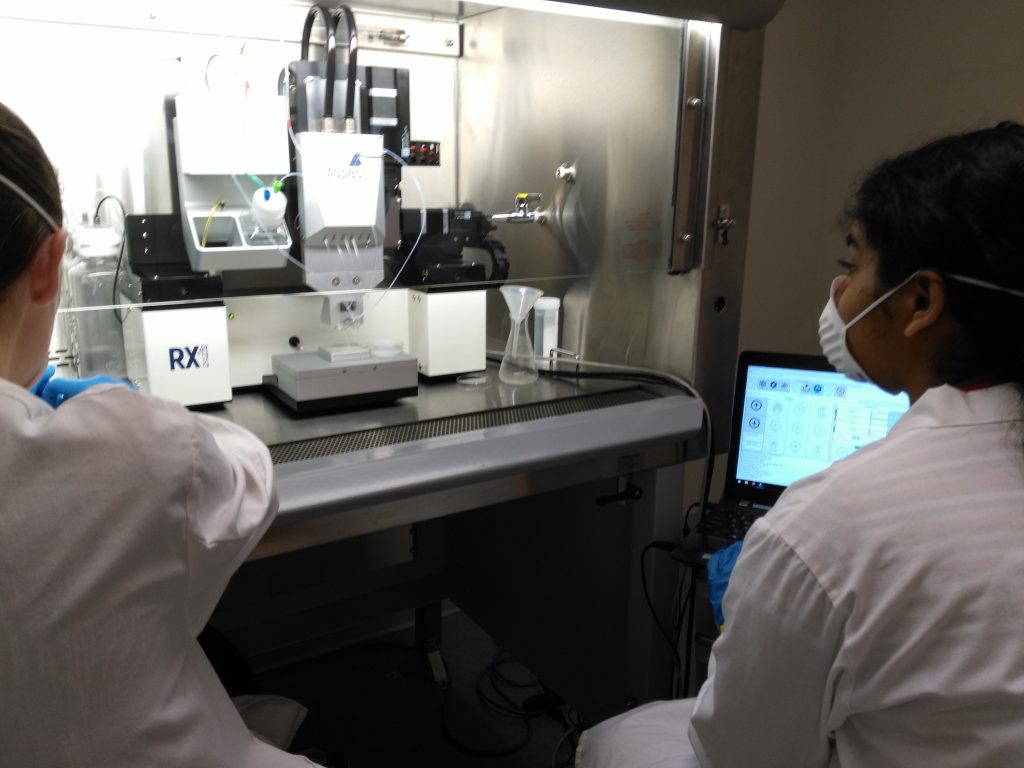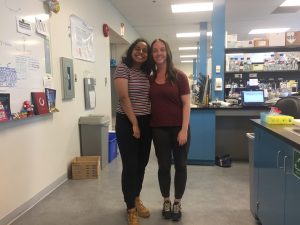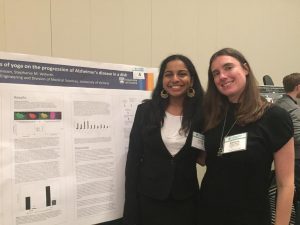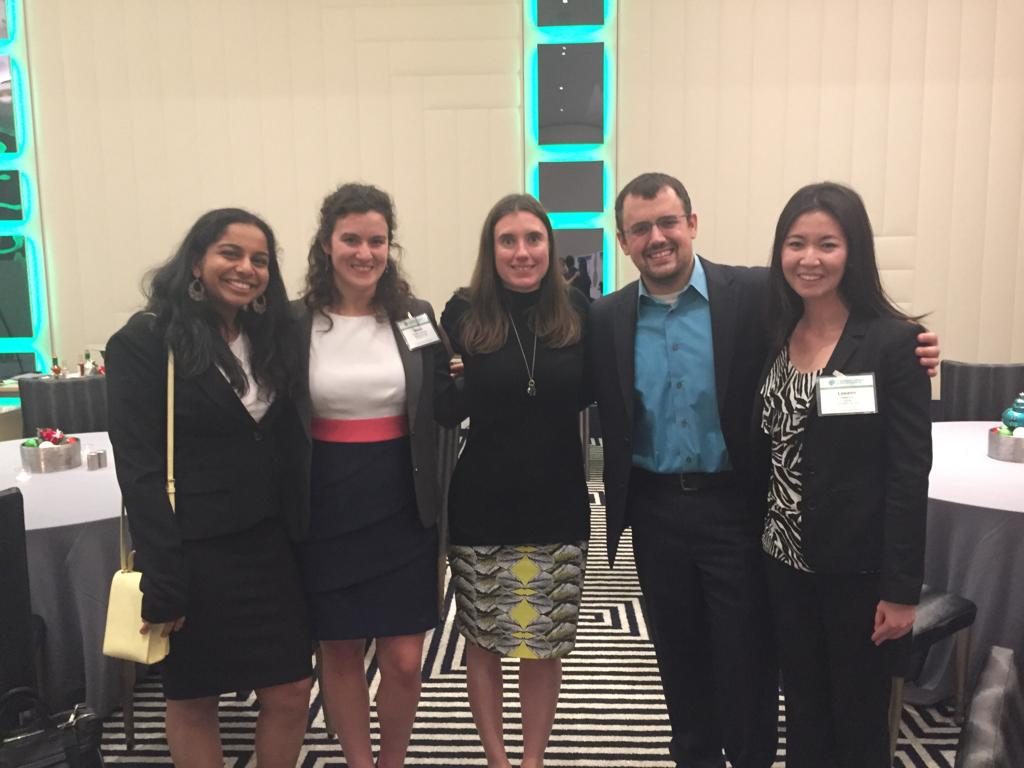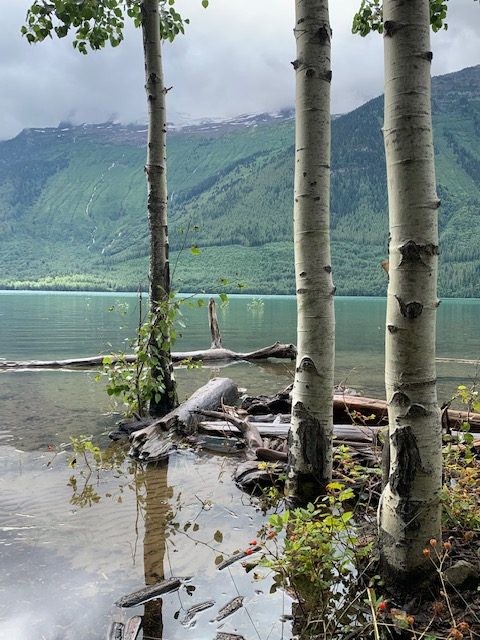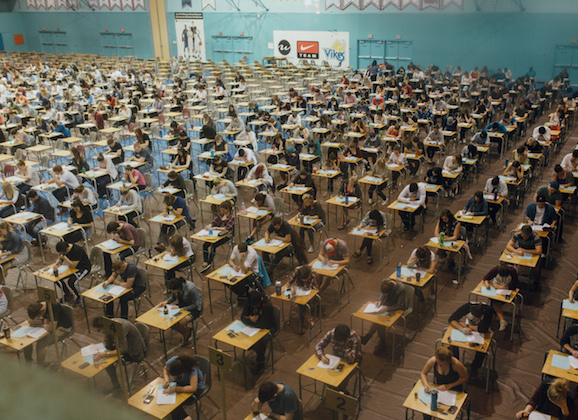How a high school student got to work in a UVic research lab
Guest post by Adithy Hassan
The letter, which I excitedly opened, read:
“Dear Ms. Hassan, Although you are equipped with a novel research idea, we regret to inform you that we don’t have space for a high school student in our lab at this time. Good luck and we look forward to hearing from you when you’re in graduate school.”
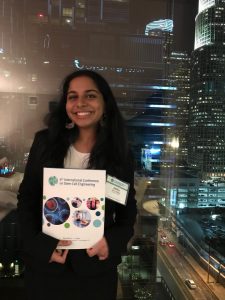
This is one of many responses I received when I originally formulated the idea to conduct a biological study on Alzheimer’s Disease (AD) infected tissue. I sought out to test the molecular benefits of yoga on the degeneration of amyloid beta and tau protein, the two main components of deterioration in an AD cell.
I’ll admit it: I didn’t have a full-blown list of procedures, but I knew I had a novel idea that hadn’t been tested out before. All I needed was some guidance from someone with prior lab experience.
After months on end of receiving several “no”s, there was a part of me that had lost all hope, but I couldn’t let all the proposals, interviews, and emails go to waste. I endured and continued emailing research institutions and university professors, with only a sliver of hope motivating me. Thankfully, this paid off!
I finally received an acceptance email from Dr. Stephanie Willerth with the University of Victoria Tissue Engineering Lab. I was absolutely elated because I was almost ready to give up. I spent the next few months actively designing my experimental procedures. I’m originally from Arizona, so picking up everything and moving for a summer to a new town by myself wasn’t an easy feat; however, it was definitely worth it.
It was after I had succeeded in completing the experiment that my other supervisor, Meghan Robinson, told me about her initial skepticisms regarding my experiment. Although she had faith in me from the beginning to be able to carry out the experiment in its entirety, she didn’t believe that the Basal Forebrain Cholinergic Neurons, Neural Progenitors, and 3D printed AD tissue—the cells we were attempting to culture in order to experiment on—would culture to begin with.
It was nothing short of a miracle that I was able to grow three different types of cells. It usually takes months for a typical graduate level student working with a professor to successfully culture enough cells to test on. But there I was: a 17-year-old working amidst other graduate-level students, successfully writing up my results to submit to a renowned scientific journal, while preparing to speak at the International Stem Cell Engineering Conference held in Los Angeles, California to present my findings.
My research has taken me farther than I could ever imagine. Renowned professors and the BC Minister of Science, who visited the lab, are so impressed by my work that they requested a complete Honors Thesis of my work, forgetting that I am not a university student.
Although I am grateful to the new doors that have opened for me since, I’m ultimately thankful for the knowledge I’ve acquired from the overall experience. As I first sought out to conduct my research, I didn’t realize the detrimental effects the stream of “no”s would have on how I viewed myself. I began to link my ability to my failed attempts. However, I realized that it was more important to learn from every failure.
It was learning from my mistakes which ultimately shaped my optimism throughout the entire process. As I enter my collegiate and professional career, I hope to carry this message along with me. Furthermore, I learned to be humble and grateful for the opportunities I am given.
It took me being at the forefront of failure, with nowhere to go and no one to guide me, for me to realize that I needed to be persistent in my effort to secure a research position. With a little faith and guidance from a Professor, after many failed early attempts of obtaining a research position, I was able to utilize the resources I was given to the best of my ability, accomplishing feats greater than I ever imagined, like being a published author in a scientific journal at such a young age.
You can read my paper at: https://www.karger.com/Article/Abstract/499503

